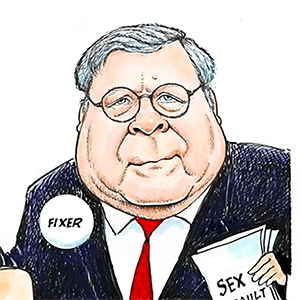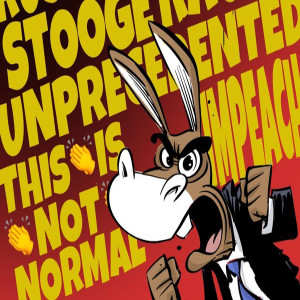Politics
/ArcaMax

LZ Granderson: Republicans aren't protecting elections. They don't want democracy
The next time Speaker Mike Johnson stands in front of a microphone to talk about election integrity, I want you to remember this: Nearly a third of voters in Louisiana are Black, and yet Black voters had control over less than 20% of the state's congressional districts. White voters make up less than 60% of the electorate yet had control over ...Read more
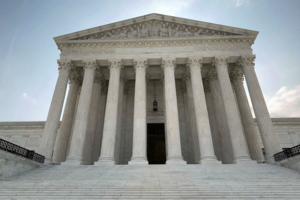
Editorial: SCOTUS smacks down California in property rights case
Property rights are an inalienable right and a fundamental part of this nation’s political tradition. Yet they face ongoing attacks from government busybodies.
This month, a unanimous Supreme Court ruled that legislative governments can’t impose excessive fees on property owners looking to build on their own land. The ruling in Sheetz v. ...Read more

Editorial: LA officials lied to justify seizing homeless people's belongings. That's despicable
For homeless people, the only place to store their belongings is on the ground or inside a tent. When city workers clean up a sidewalk and take those belongings and destroy them, the effect is devastating. People have lost their tents, clean clothes, personal records, IDs, medications and more, according to a lawsuit accusing the city of Los ...Read more

Leonard Greene: Caitlin Clark's paltry $76K salary shows WNBA players deserve more money
Before we launch a GoFundMe page for Caitlin Clark, who will make a comparatively paltry $76,535 as a WNBA rookie this season, consider that the basketball phenom is poised to sign an eight-figure endorsement deal with Nike that will include her own signature shoe.
Caitlin Clark will be just fine.
It’s the other women’s basketball players ...Read more
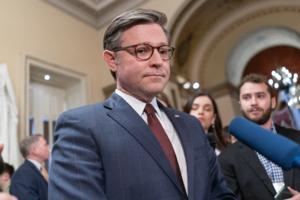
Editorial: A victory both for Ukraine and functional American governance
Potomac Fever is a familiar term for people elected to Congress who fall in love with the trappings, power and prestige of life in Washington, D.C. But we see precious little of that affliction these days as working on Capitol Hill has become so unpleasant.
Instead, the fever that’s taken hold in the nation’s capital over the past decade or...Read more
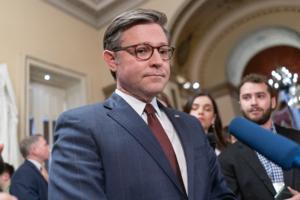
Editorial: Aid votes show Congress can still work
Opinion editor's note: Editorials represent the opinions of the Star Tribune Editorial Board, which operates independently from the newsroom.
•••
On Saturday, the capitals of four democracies were strengthened when the U.S. House finally passed long-stalled foreign-aid bills. The three overseas capitals — Kyiv, Jerusalem and Taipei �...Read more

Editorial: Info on hostages 'valuable,' can't be given for 'free'
Iran’s attack on Israel and the failed attempt by GOP backbenchers to scuttle a foreign aid package have dominated recent news on the Middle East. But such reports overshadow an ominous development in the Jewish state’s fight against terror: Hamas officials don’t know how many of the hostages they seized during the barbaric Oct. 7 attack ...Read more

James Stavridis: Ukraine just got $61 billion. Here's what it should buy
Now that the House of Representatives, acting in an unusually bipartisan way, has finally passed a $61 billion aid package for Ukraine, the big question is what the Ukrainians should spend it on.
This aid comes not a minute too soon. Russia has been gathering momentum both on the ground and in the air, threatening a summer offensive that could ...Read more

Editorial: The Supreme Court cannot allow homelessness to be a crime
If you are homeless and have nowhere to go — neither a temporary shelter bed nor a permanent home — can you be fined or, worse, jailed for sleeping on a sidewalk? Or is that cruel and unusual punishment?
That’s the question that the Supreme Court wrestled with Monday when it heard oral arguments in the case of Grants Pass v. Johnson ...Read more
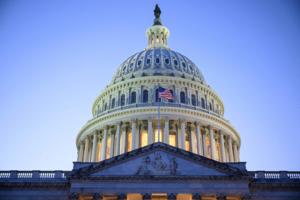
Commentary: Our campaigns need poetry, figuratively and literally
April is a good month to be thinking about poetry because it is National Poetry Month in the United States.
Former New York Gov. Mario Cuomo famously said, "You campaign in poetry. You govern in prose." This brilliant formulation may be how things should be. It may be how things used to be.
Today, campaigns are soaked in lies and negativity. ...Read more
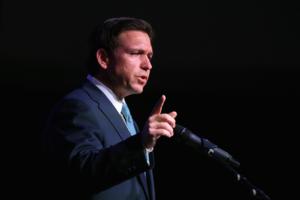
Editorial: School chaplains law crosses a sacred line in Florida
As he signed the school chaplains bill— another one he should have vetoed — Gov. Ron DeSantis said something that underscored how totally wrong it is.
“There are some students,” he said, who “need soul prep.”
That's not a legitimate mission for Florida’s public schools, which at least have the authority to reject it, and should. ...Read more

Commentary: Christian nationalism is a grave threat to America
My father, who served as a Navy officer in the South Pacific, shared fascinating World War II stories with me. With ensuing history classes, I became troubled by America’s slow response to Hitler’s atrocities in Europe and incredulous that Christians in Germany blindly followed their deranged dictator.
While pursuing a master of divinity ...Read more

Editorial: Mississippi has heroes who fought for democracy. Why is it marking Confederate Heritage Month?
American democracy is far younger than is often supposed. It is younger than the current president, younger than the man most likely to challenge him in November and younger than most United States senators.
True democracy, in which everyone born or naturalized in the U.S. can vote to elect their leaders and representatives, did not immediately...Read more
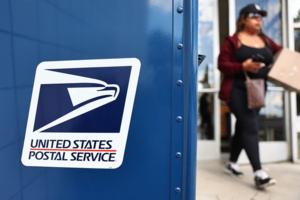
Commentary: Call in the carrier pigeons: Repeatedly raising the price of stamps doesn't work
It’s hard to keep track of ever-increasing stamp prices. This month, the U.S. Postal Service (USPS) proposed hiking stamp prices in July from 68 cents to 73 cents, a 7.4% increase. In January, USPS hiked the price of first-class Forever stamps from 66 cents to 68 cents. Six months earlier, the agency raised prices from 63 cents to 66 cents. ...Read more

Commentary: The House passes aid, but Ukraine still has problems
For Ukrainian President Volodymyr Zelenskyy and his troops on the front line, relief is hopefully coming soon.
On Saturday, the U.S. House of Representatives muscled through a $61 billion military aid package at a time when Russian forces are continuing to chip away at Ukrainian positions in the east. After six months of intense discussions ...Read more
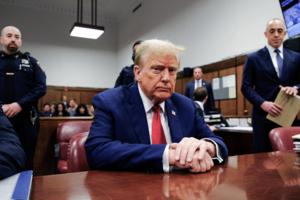
Commentary: How Trump's trial will go well beyond the charges to paint a damning portrait of him
The scheme at the heart of the charges against Donald Trump in New York is well-known: To keep allegations of an affair with the adult-film actress Stormy Daniels from becoming public, Trump is accused of agreeing to pay her $130,000, camouflaged as payments to Michael Cohen for legal services. It’s in the camouflaging that Trump is charged ...Read more
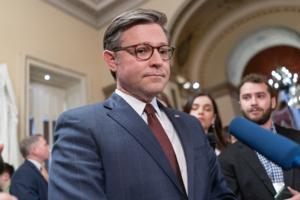
Patricia Lopez: Ukraine aid shows MAGa hasn't cowed johnson
House Speaker Mike Johnson endured a titanic struggle to get Ukraine aid through the House, one that demonstrates the benefits of cooperation and the pitfalls of extremism.
His ultimate success on Saturday, however, came at a dear price, one paid by Ukrainians in blood and in the countless lives that might have been saved had Johnson taken up ...Read more

Commentary: You don't need to own an iPhone for the government lawsuit against Apple to benefit you
Last month, the Department of Justice filed its long-awaited antitrust suit against Apple, accusing the company of monopolizing the smartphone market. This makes Apple the last of the U.S.-based tech giants to face a major monopolization lawsuit from a federal agency. (Google also faces one from the Justice Department; Facebook and Amazon have ...Read more

Commentary: Debunking the myth of an immigrant 'invasion'
If you care about fair elections, you need to understand what’s happening in Central America. Developments in El Salvador — along with the root causes of migration — are crucial to U.S. politics as immigration issues take center stage this election season. More than three decades after the Salvadoran civil war, it’s time to look at ...Read more

Editorial: Social media companies refuse to safeguard kids. It's up to lawmakers now
From state capitols to Washington, D.C., lawmakers are scrambling to come up with regulations that can protect kids from the potential harms of social media, since the platforms have been unwilling to adopt reasonable safeguards themselves.
In just the last few months, Florida passed a law banning children under 14 from having a social media ...Read more

